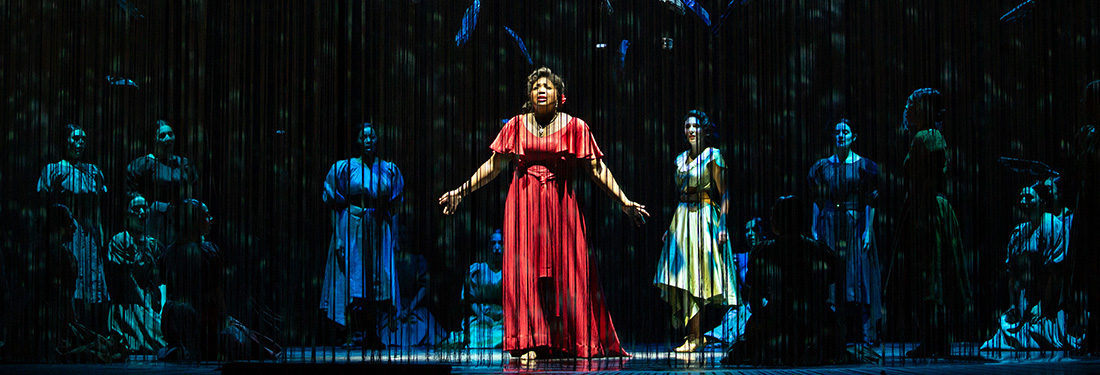
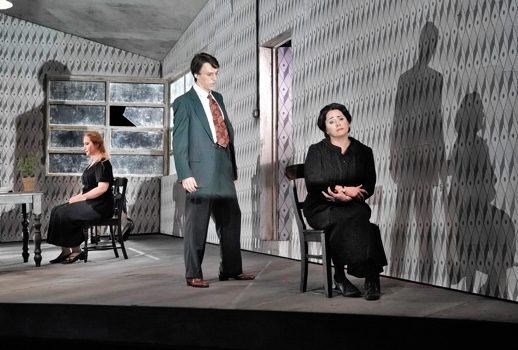
To any operagoer largely inured to the walled spaces of traditional theaters, Santa Fe’s unique desert aesthetic and thoughtful programming create a necessary venue for those seeking excellent musicianship, innovative American theater, and novel operatic compositions during the summer festival season.
David Alden’s acclaimed production of Leos Janácek’s Jenufa was mounted for its final performance of the season during the evening that I experienced my first opera at Santa Fe. Alden’s vision of Janácek’’s score relocates the plot from the Burja family’s mill to an industrial Eastern bloc factory, while Jenufa and her stepmother live in a run-down tenement.
Charles Edwards’ original sets for this run were restructured for Santa Fe’s peculiar stage layout, even opening to the stunning final glimmers of the sun fading from the horizon midway through the first act prelude.
While the austere backdrop of this temporal restructuring proves effective at highlighting the main characters’ most powerful interactions, it also comes at the cost of displacing some contextual politics that are better represented by the rules that govern rustic Moravia. The brutalist Soviet locale for instance makes one question how Steva acquired his property and wealth amid a regime that erased the concept of private property.
But if such weird anachronisms and artistic liberties existed, Alden’s remarkable Personenregie allowed his talented cast to accentuate the many heartrending political and religious scenes that comprise this powerful drama. Jenufa is a score brimming with tension, intensity, and dark beauty.
The clever representations of pastoral life and incorporations of folk tunes and rhythms into the orchestral tapestry—an innovation for which Janácek’ was regarded as one of the greatest proponents—run secondary to the finely delineated lines the composer crafted for his leads, represented in this production by a most talented quartet of singers.
Laura Wilde, a young American soprano in possession of an exceptionally lustrous voice, created a sympathetic and believable reading of the eponymous character. If her portrayal lacked the full dimension that one savors from Jenufas like Gabriela Benacková or Karita Mattila, I was astounded by the beauty and liquid qualities of Ms. Wilde’s phrasing and the power and security of her top notes.
I sometimes missed a tinge of vulnerability, a complexity of color in a voice that is largely solid and richly produced, an emotional immediacy to her critical scenes in acts 2 and 3. Nevertheless, these performances marked a high point in the young soprano’s career, and her numbing grief in act 2 surely stands as a highlight. One hopes that this talented jugendlich soprano’s artistry could blossom further as she broadens her repertory in the future.
Patricia Racette, who once played Jenufa when this production made earlier rounds about the United States, commanded the stage in the important part of the Kostelnicka. Dramatically, Racette’s acting captured many facets of the character’s conflicts and contradictions. Her great scene in Act 2 was searingly intense, and her comportment in act 3 burned slowly from a barely contained unease towards her cathartic, climactic confession.
I found that her slender voice at times lacked the body and texture to fully fill out those powerful dramatic lines. Despite these shortcomings, the soprano commanded the text with the greatest conviction in the cast.
The men in this production are exceptional. The Santa Fe opera cast the roles of Laca and Steva extremely well, handpicking talented young singers with distinctive voices and a stage presence that proved an ideal foil for their roles.
As Laca, the young Australian tenor Alexander Lewis performed with a strong, lyrical voice and an acrobatic physicality that fully captured the character’s frenetic shifts of mood and tone. His nervousness and insecurity are clearly conveyed in his singing during the first act, and there was a great sincerity and beauty to his mellowing into the loving and faithful man by the opera’s end.
Richard Smagur’s Steva is a vocal marvel, a luxuriously cast potential young heldentenor in a short part that is largely thankless and boorish. Physically, the statuesque Smagur brought plenty of appropriate drunken swagger while carousing with his friends early in the opera, and conveyed his more dramatic skills during his important confrontation with the Kostelnicka in act 2.
His voice carries much power, depth and luster in the upper middle, a promising sign that this young tenor could someday graduate into the more heroic parts of Wagner and Strauss.
Susanne Mentzer was characterful in the small role of the elderly grandmother, but her voice at times faltered when competing against the acoustic space. Other distinguished singers portraying minor parts include Will Liverman as the foreman and Katherine Beck as Karolka.
Johannes Debus, currently the music director of the Canadian Opera Company, drew a well-paced, dramatic reading that only faltered in coloring and accentuating the folksy rhythms and instrumental colors in Janacek’s score. I sometimes wondered if Santa Fe’s open acoustic at times muted the blending of the orchestral colors in that space, as the open-air staging in act 1 found several of the leads straining to be heard beyond the stage, and the orchestral parts muted and undistinctive.
When Edwards’ stage set the second act in the Kostelnicka’s house (where the tenement walls provided an acoustic shell for the singers), both the cast and orchestra were significantly more audible.
I still miss a touch of that indescribable rustic character in the orchestral playing—a coarser twang from the strings, the harsher din of the tuttis during the more discordant passages, a more piquant woodwind color than the smooth, symphonic quality heard from the Santa Fe pit. But this was largely a very accomplished and theatrically paced reading accompanied by an equally accomplished cast.
Kudos to the Santa Fe Opera for mounting this beautifully conceived production of what is the first presentation of Janacek’s opera to this festival’s audiences. With musical and theatrical performances of this caliber, I cannot wait to return to the deserts of New Mexico for next summer’s new production of Tristan und Isolde.
Photo: Ken Howard
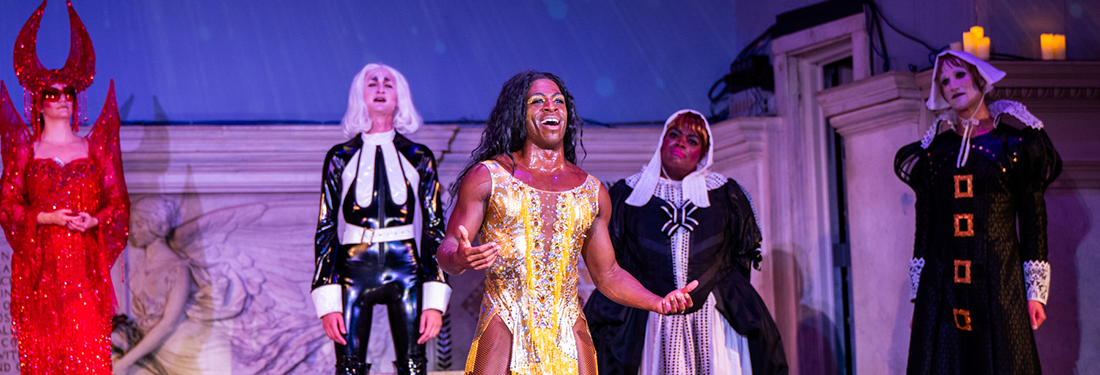
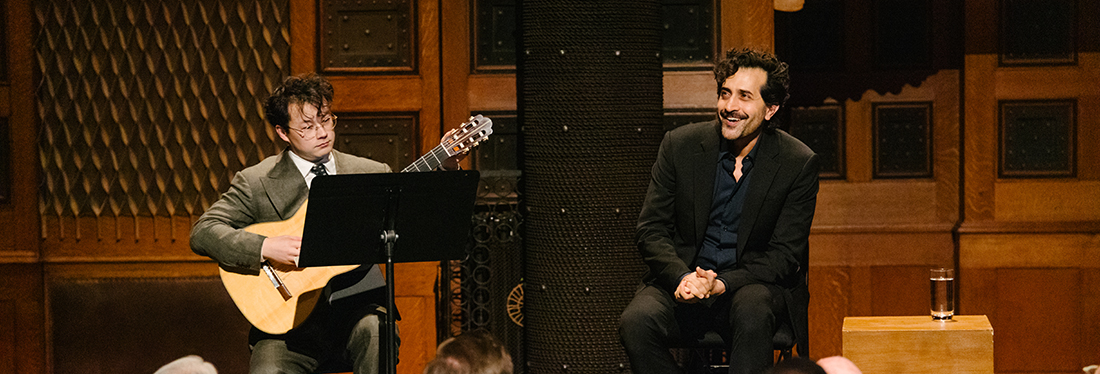
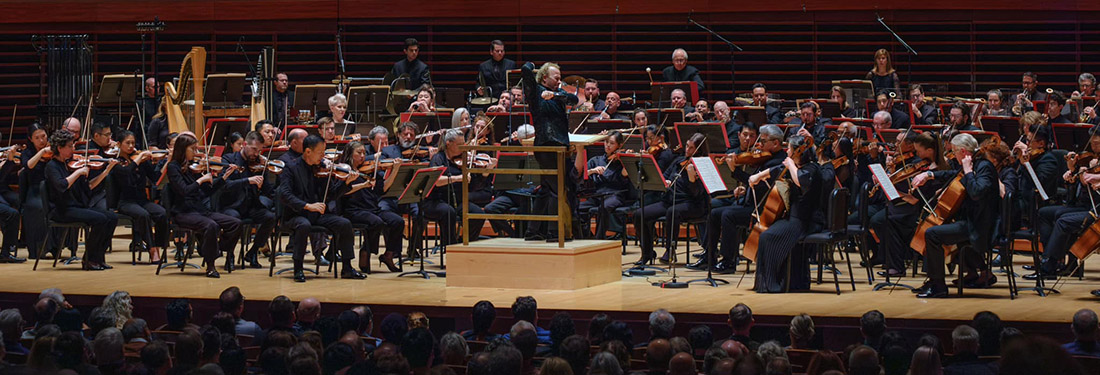
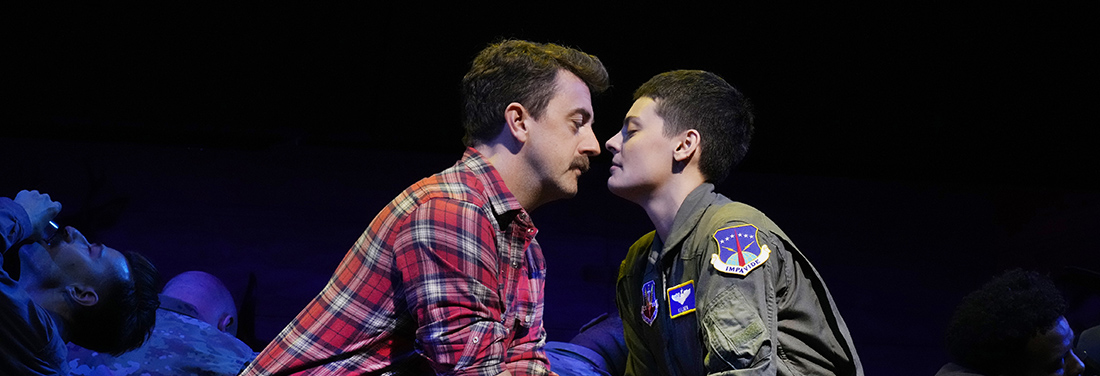
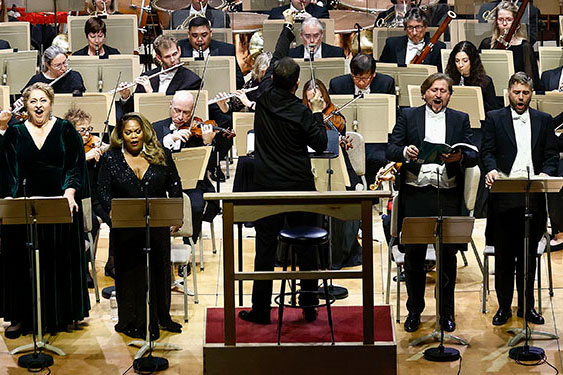
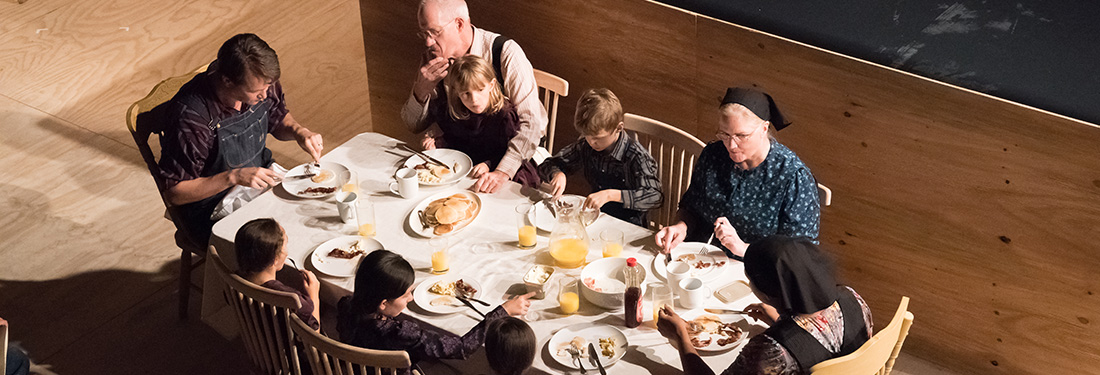
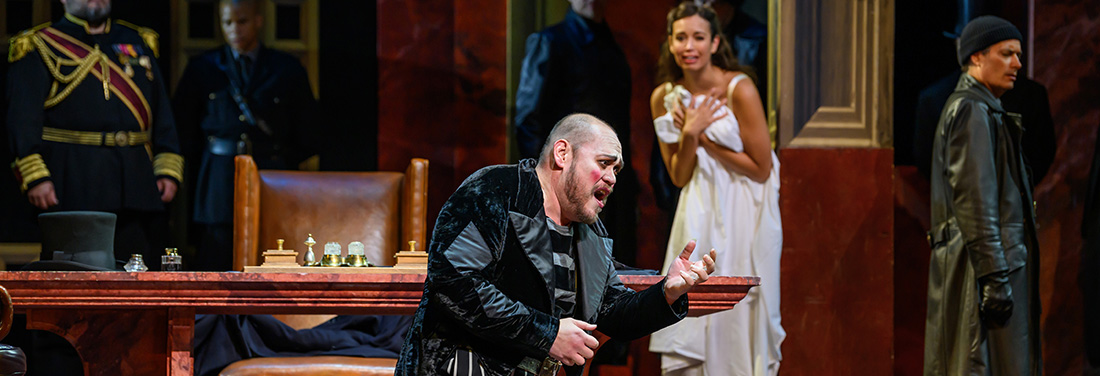
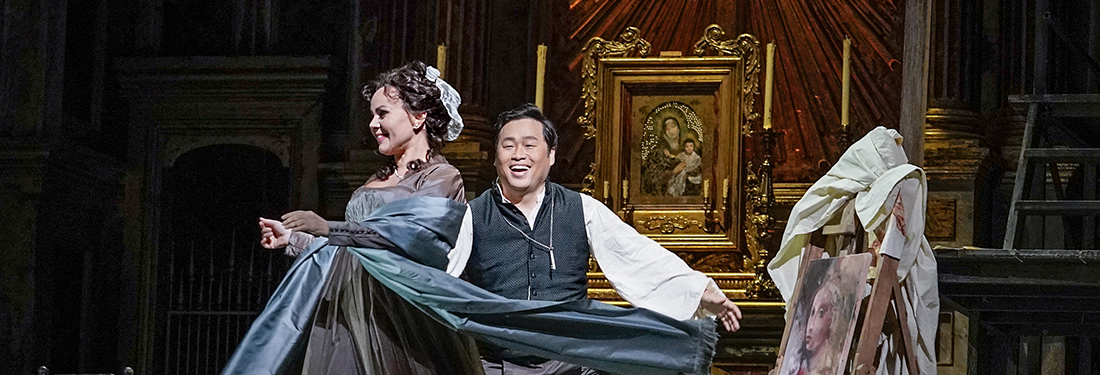
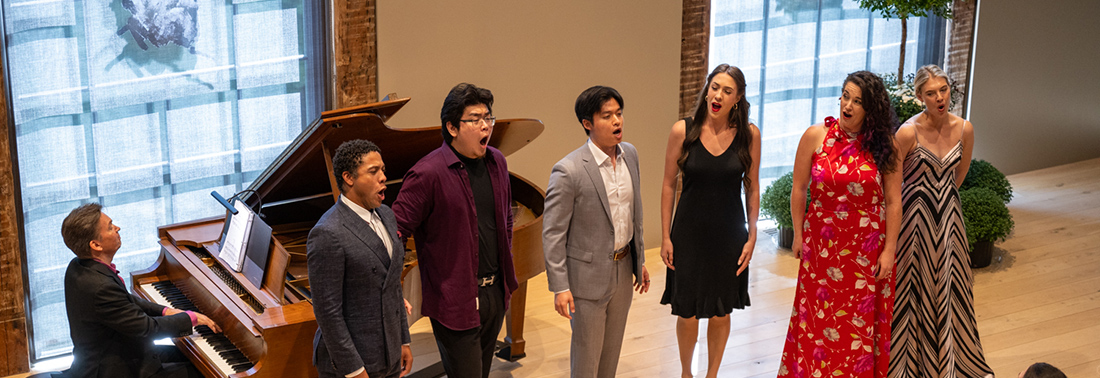
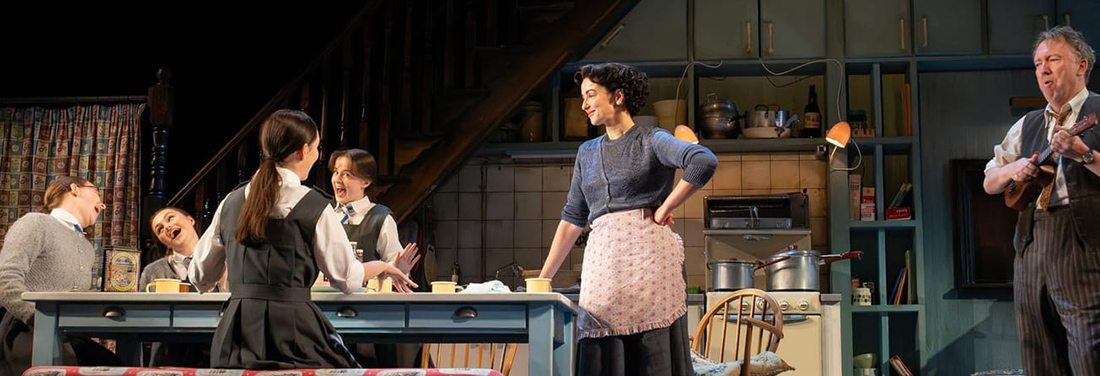
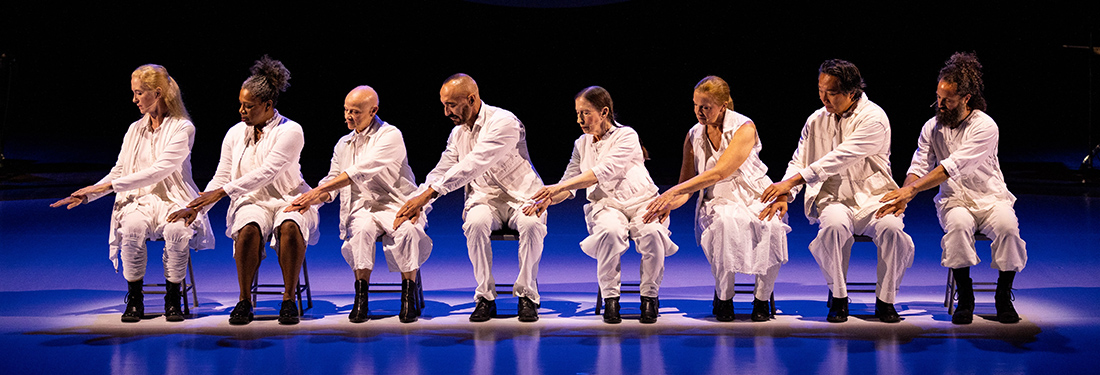

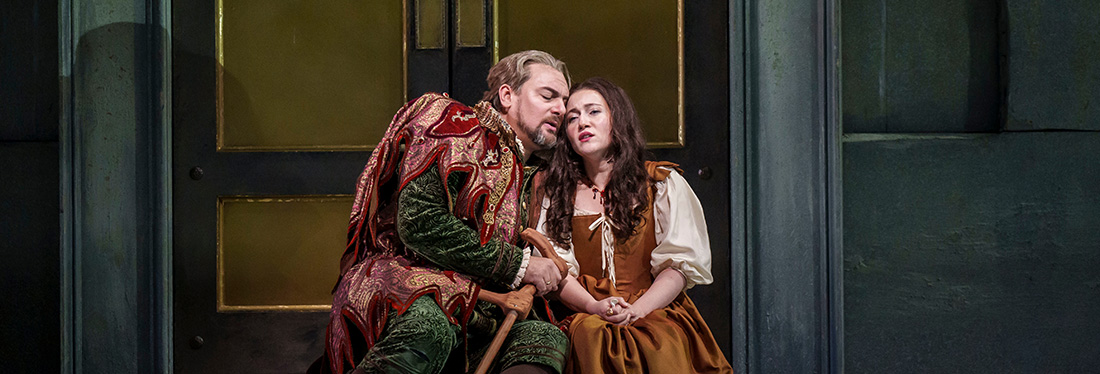
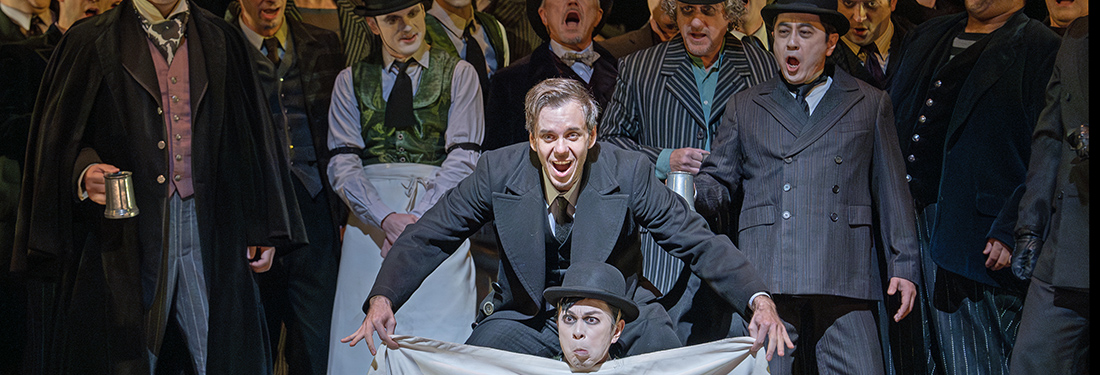
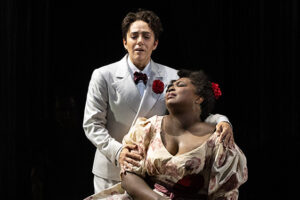
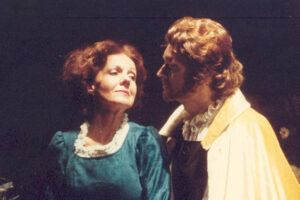
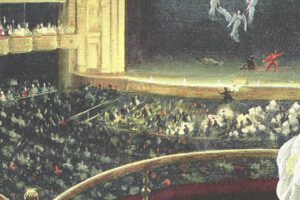
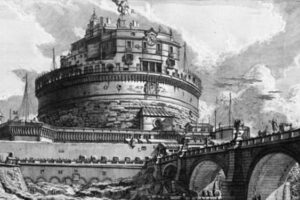

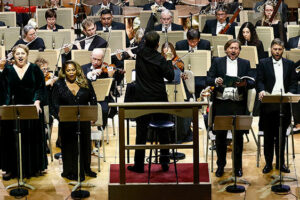
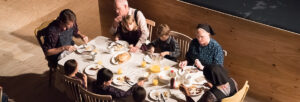



Comments